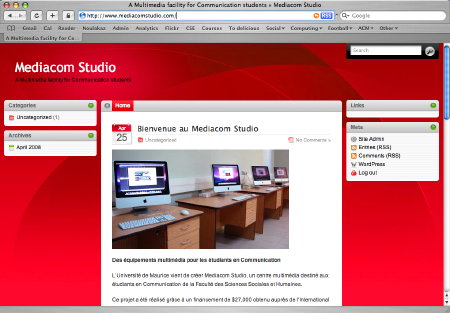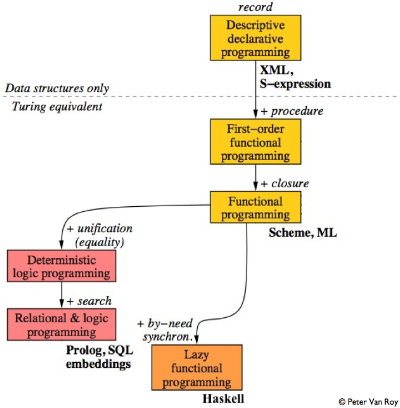
Since the rebranding, Orange in Mauritius has quietly imposed on us its fair use policy which is described as follows on the website of Mauritius Telecom:
[The Fair Use Policy] is designed to make sure your broadband service is as fast as possible and reliable whenever you are connected.
Some of our broadband customers use file sharing software and download large files like music and videos. This uses up lots of network capacity leaving less available for others. This means that the speed of your broadband service is then affected.
Am I likely to be affected by the Fair Use Policy?
If you don’t regularly use file sharing software or download large files from the internet it’s unlikely you’ll ever be affected by this policy.
What will happen if my use is very high?
If you only occasionally have very high usage, we’re unlikely to be concerned. If your usage continues to be very high, we’ll advise you if your usage is excessive. Ultimately, if your usage still remains excessive, we may have reduce the transmission speed of the service whilst we monitor your usage.
In general, this seems like a good thing. Those who continuously download too much will first be contacted by the MT personnel and if, consequently, they don’t reduce their bandwidth requirements then they’ll be penalized. This seems like the most sensible thing to do given the geographical situation of Mauritius and the limited number of Internet links we can have access to.
There are two aspects that somewhat disturb me though:
- The Fair Use Policy has been retrofitted in our existing contracts. Is this legal? Or should have we been contacted by Mauritius Telecom to sign a new contract?
- The Fair Use Policy system is not transparent. What happens if the son (or daughter) of one of the big-bosses of Mauritius Telecom (or a Minister) uses too much bandwidth? Will the MT technicians contact him or her? Will they have the courage to limit his/her bandwidth? I have some doubts. For the system to work (i.e. so that people do not complain), it must be 100% transparent (i.e. everyone should know what all other Internet subscribers have used as bandwidth) but this looks a lot like a privacy violation to me…
Opinion?
[Thanks to Ajay Ramjatan for initiating this whole thought process…]





